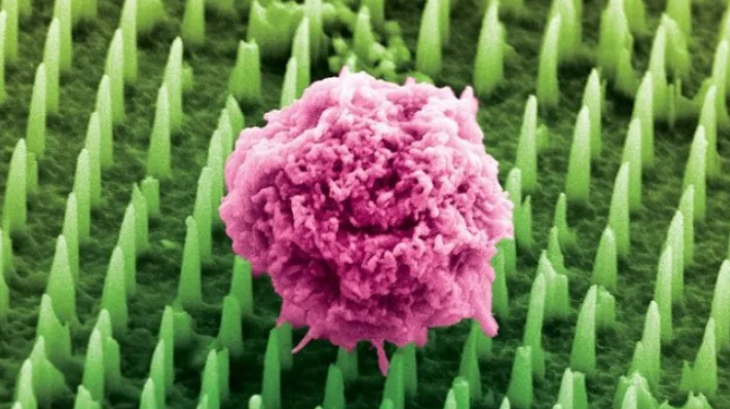
Scientists develop nano patch to replace traditional biopsy method - Photo: Chippani/King's College London
Scientists at King's College London (UK) have just developed a patch containing tens of millions of nano-needles, thinner than a human hair, capable of collecting molecular data from diseased tissue without cutting or damaging the tissue.
The technology promises to replace traditional biopsies, helping diagnose and monitor diseases such as brain cancer and Alzheimer's non-invasively, painlessly and accurately in real time.
Biopsy is a common diagnostic procedure worldwide , performed millions of times each year to detect disease. However, this method is invasive, painful, has potential complications and is difficult to repeat many times in the same tissue location, especially in organs such as the brain.
The new patch uses tiny, tissue-safe nanoneedles to collect “molecular fingerprints” – including lipids, proteins and mRNA – from cells without removing tissue. This allows doctors to continuously monitor disease progression, performing repeated tests at the same site without causing pain to the patient.
"This groundbreaking result is the culmination of 12 years of nanoneedle research," said Dr. Ciro Chiappini, who led the research published in the journal Nature Nanotechnology . "We are opening up the possibility of monitoring brain pathology and advancing personalized medicine in an unprecedented way."
Preclinical testing on brain cancer tissue taken from patients and mice showed that the technology provides multidimensional molecular information, distinguishing different cell types within the same tissue sample - something that traditional biopsies cannot do.
The data is then analyzed using mass spectrometry combined with artificial intelligence, which helps determine tumor presence, response to treatment, and disease progression at the cellular level.
Particularly in brain surgery, applying this patch to a suspicious area can give results within 20 minutes, helping doctors decide on the spot whether to remove tissue or not.
The nanoneedles are made using semiconductor microchip technology and can be integrated into many familiar medical devices such as bandages, endoscopes or contact lenses. According to the research team, this technology not only improves the patient experience but also helps doctors make faster and more accurate decisions.
“This could be the end of painful biopsies,” said Dr Chiappini. “We are opening up a completely new way to diagnose and monitor disease: safe, non-invasive and reproducible.”
Source: https://tuoitre.vn/dot-pha-trong-chan-doan-ung-thu-mieng-dan-sieu-nho-thay-the-sinh-thiet-20250619101544021.htm


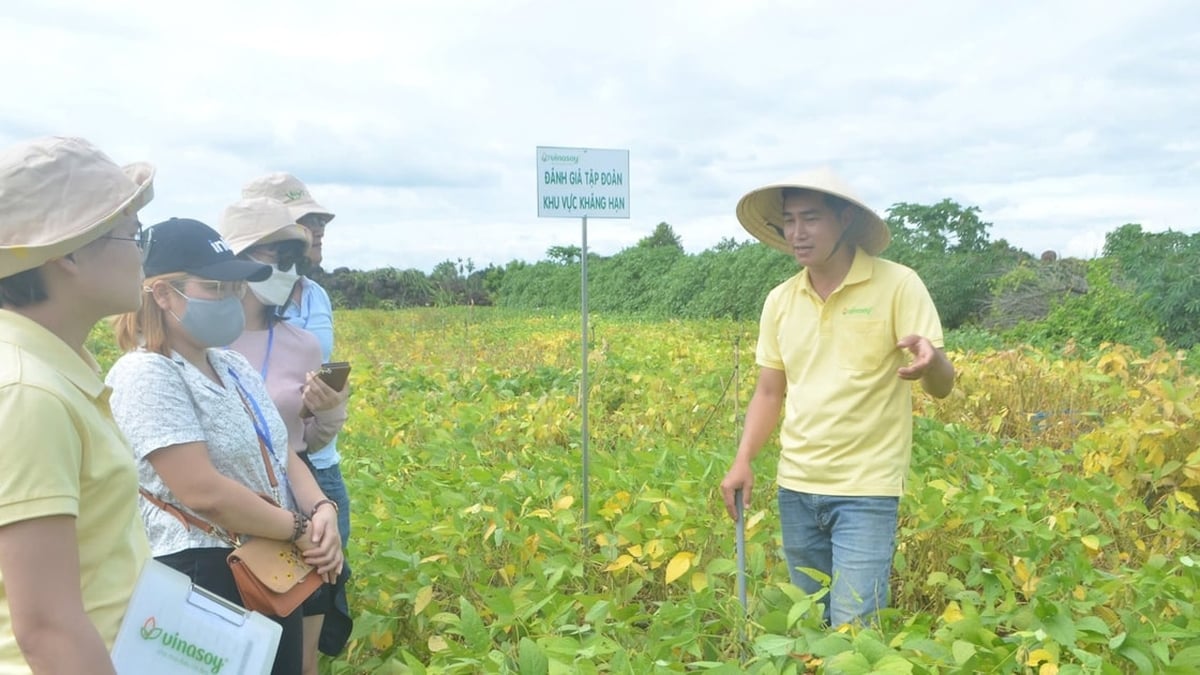























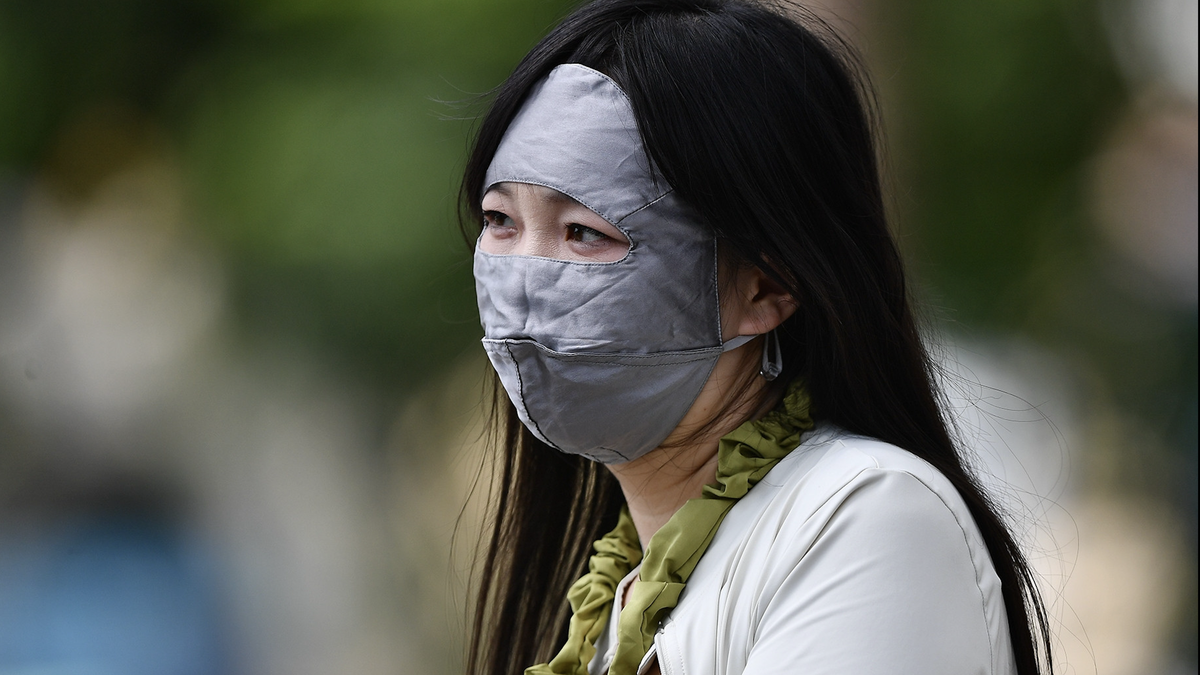



























![[Maritime News] Two Evergreen ships in a row: More than 50 containers fell into the sea](https://vphoto.vietnam.vn/thumb/402x226/vietnam/resource/IMAGE/2025/8/4/7c4aab5ced9d4b0e893092ffc2be8327)












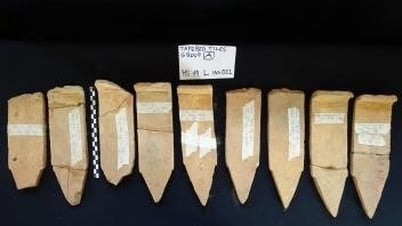




























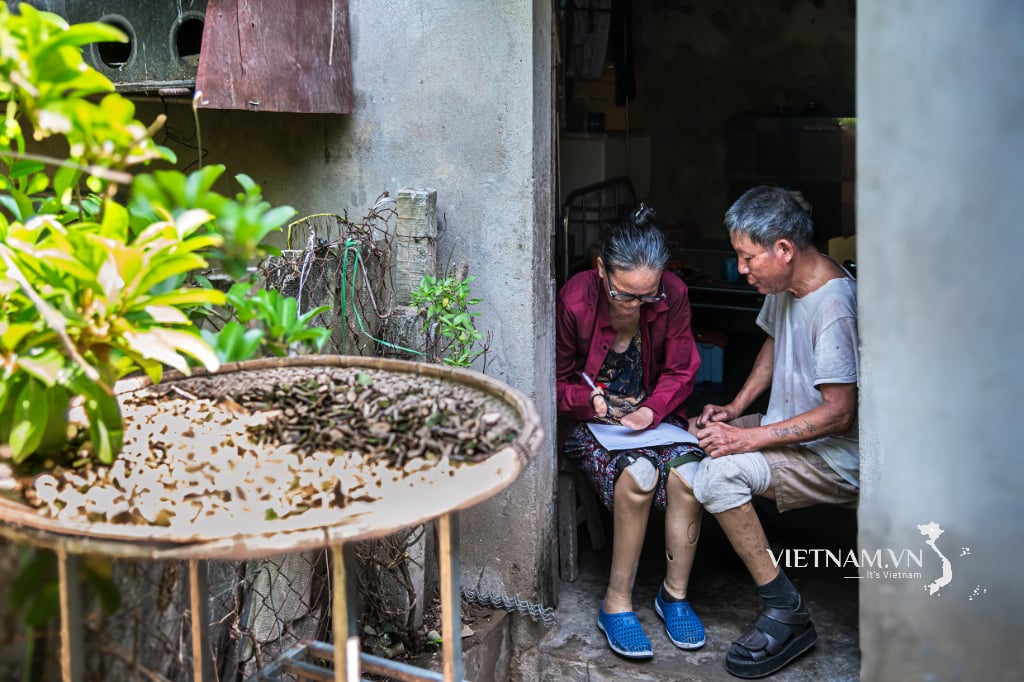


Comment (0)